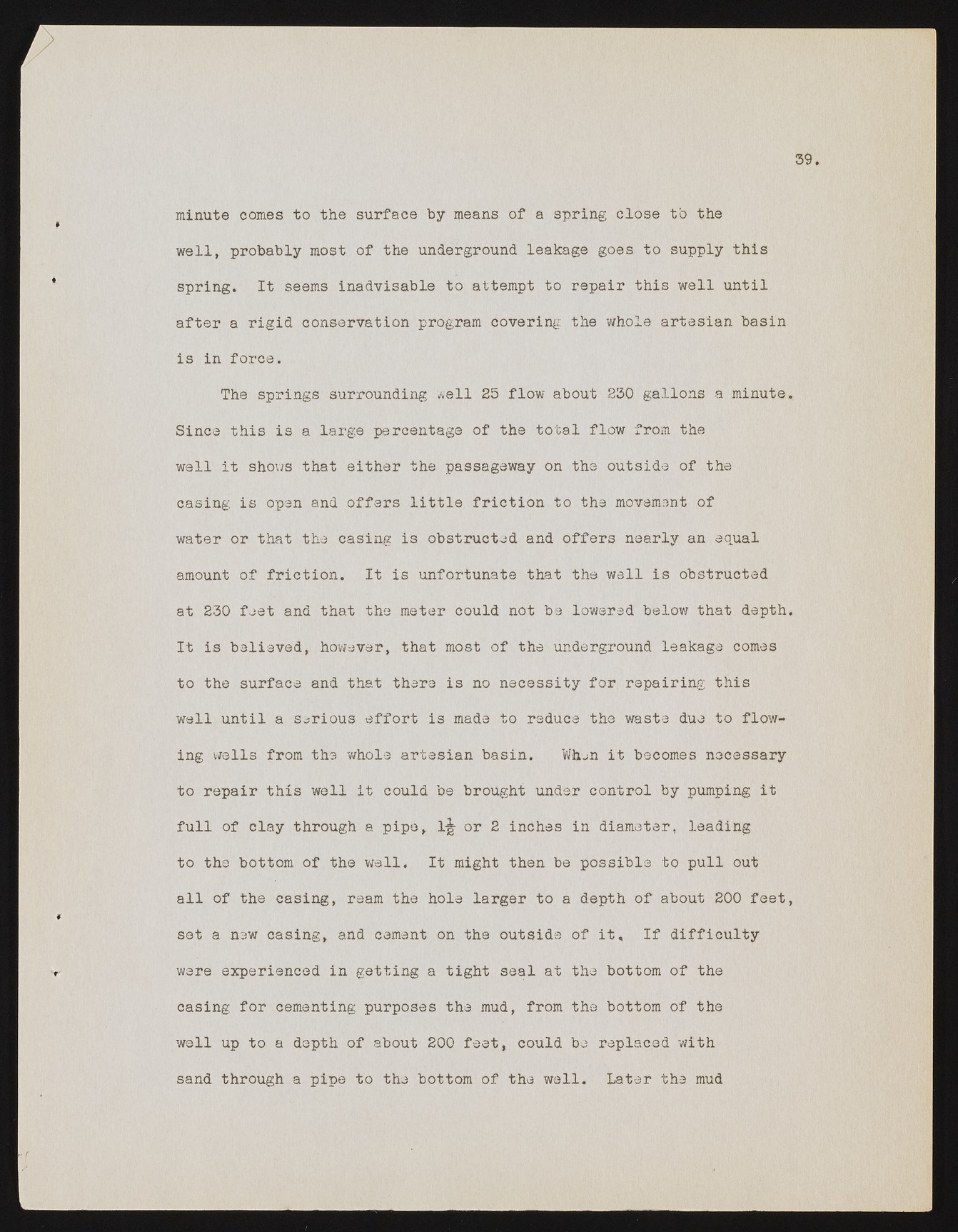Copyright & Fair-use Agreement
UNLV Special Collections provides copies of materials to facilitate private study, scholarship, or research. Material not in the public domain may be used according to fair use of copyrighted materials as defined by copyright law. Please cite us.
Please note that UNLV may not own the copyright to these materials and cannot provide permission to publish or distribute materials when UNLV is not the copyright holder. The user is solely responsible for determining the copyright status of materials and obtaining permission to use material from the copyright holder and for determining whether any permissions relating to any other rights are necessary for the intended use, and for obtaining all required permissions beyond that allowed by fair use.
Read more about our reproduction and use policy.
I agree.Information
Digital ID
Permalink
Details
Member of
More Info
Rights
Digital Provenance
Publisher
Transcription
3 9 . minute comes to the surface by means of a spring close to the well, probably most of the underground leakage goes to supply this * spring. It seems inadvisable to attempt to repair this well until after a rigid conservation program covering the whole artesian basin is in force. The springs surrounding well 25 flow about 230 gallons a minute. Since this is a large percentage of the total flow from the well it shows that either the passageway on the outside of the casing is open and offers little friction to the movement of water or that the casing is obstructed and offers nearly an equal amount of friction. It is unfortunate that the well is obstructed at 230 feet and that the meter could not be lowered below that depth. It is believed, however, that most of the underground leakage comes to the surface and that there is no necessity for repairing this well until a serious effort is made to reduce the waste due to flowing wells from the 'whole artesian basin. Whuh it becomes necessary to repair this well it could be brought under control by pumping it full of clay through a pipe, 1^ or 2 inches in diameter, leading to the bottom of the well. It might then be possible to pull out all of the casing, ream the hole larger to a depth of about 200 feet, * set a new casing, and cement on the outside of it. If difficulty r were experienced in getting a tight seal at the bottom of the casing for cementing purposes the mud, from the bottom of the well up to a depth of about 200 feet, could be replaced with sand through a pipe to the bottom of the well. Later the mud /

